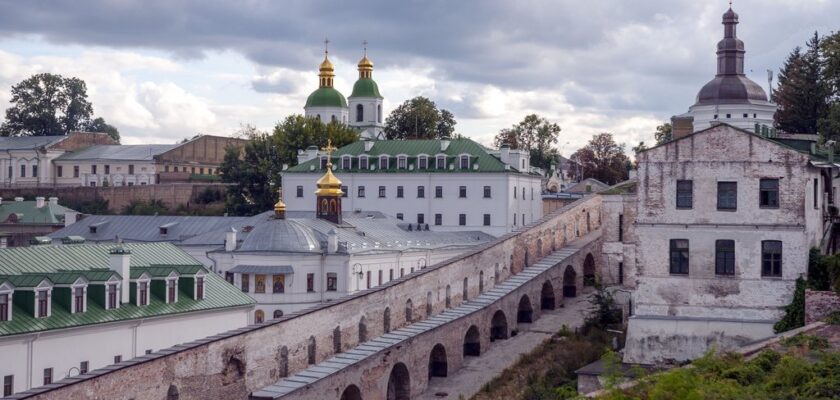Holy Assumption Kiev-Pechersk Lavra
Kievo-Pecherska Lavra (Kievo-Pecherska Lavra) is a unique Orthodox shrine founded in 1051 by monks Anthony and Theodosius. It is located in the central district of the Ukrainian capital, on the right bank of the Dnieper River. The whole territory of the monastery is spread on two picturesque hills, occupying an area of 30 hectares. Pilgrims and tourists are most of all attracted here by the caves, from which the construction of this temple complex began. At the moment Kievo-Pechersk Lavra includes 41 buildings, among them – an amazing cathedral, slender bell towers, many churches, buildings of domestic and secular purpose.
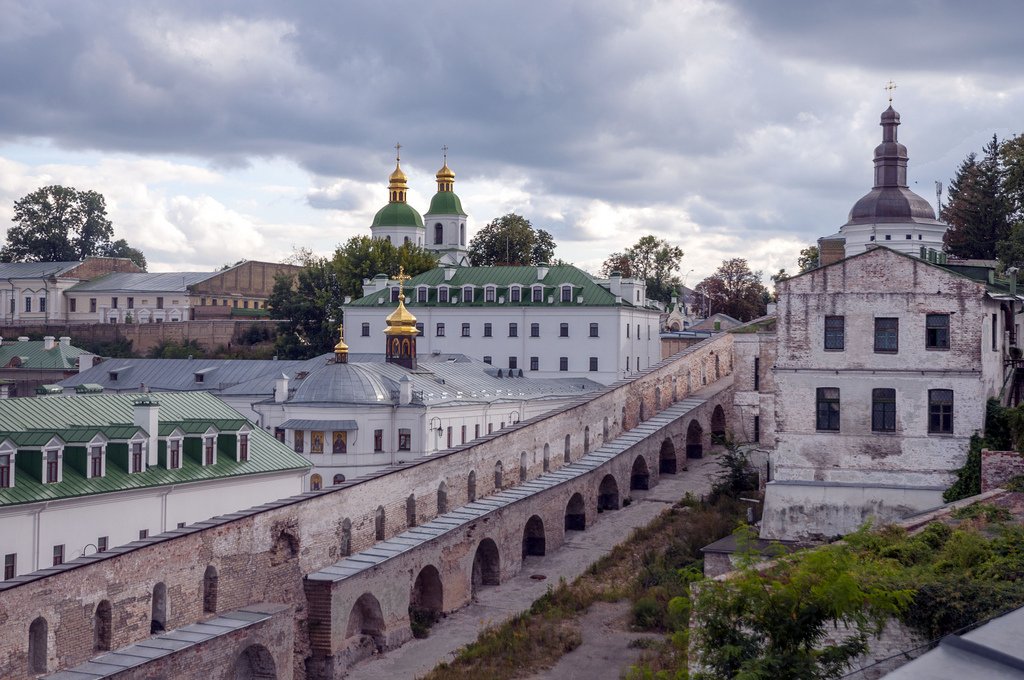
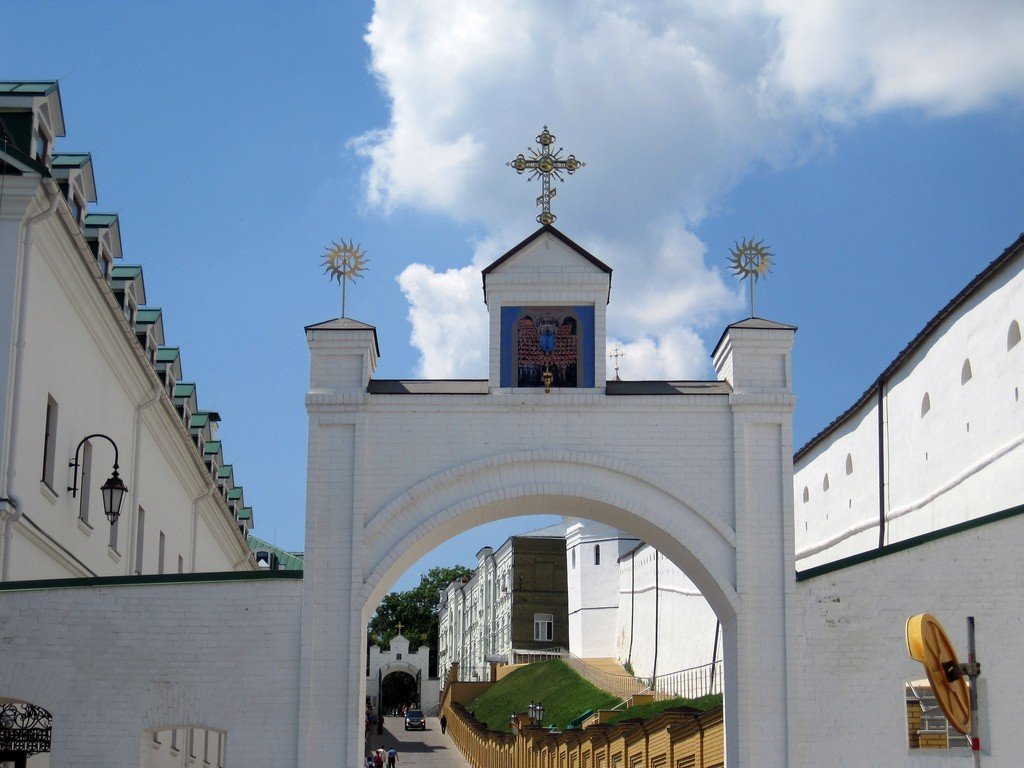
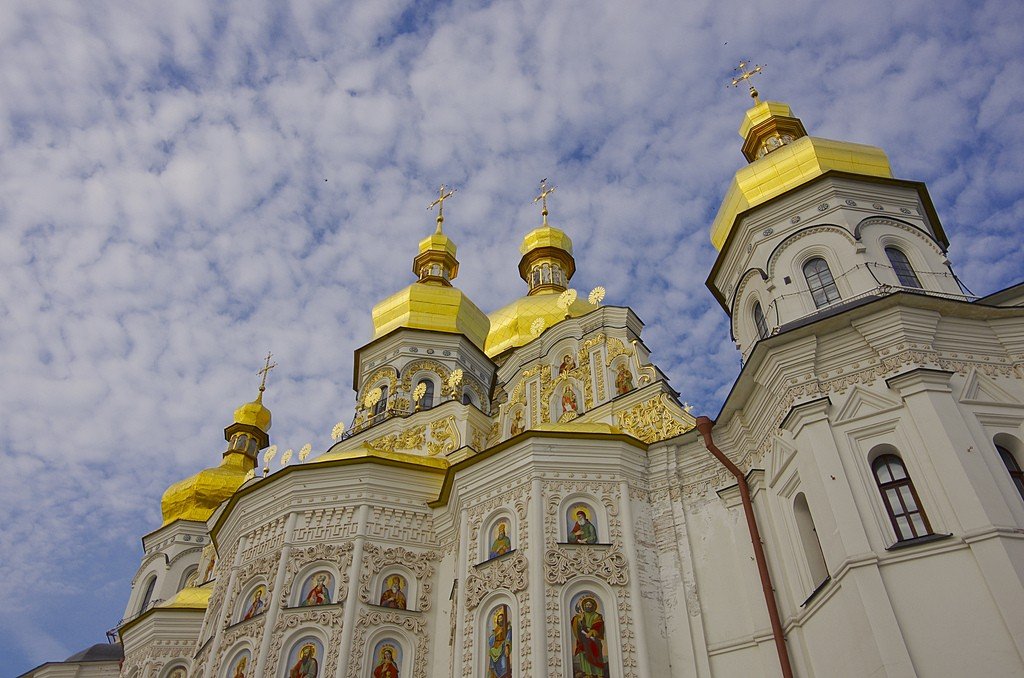
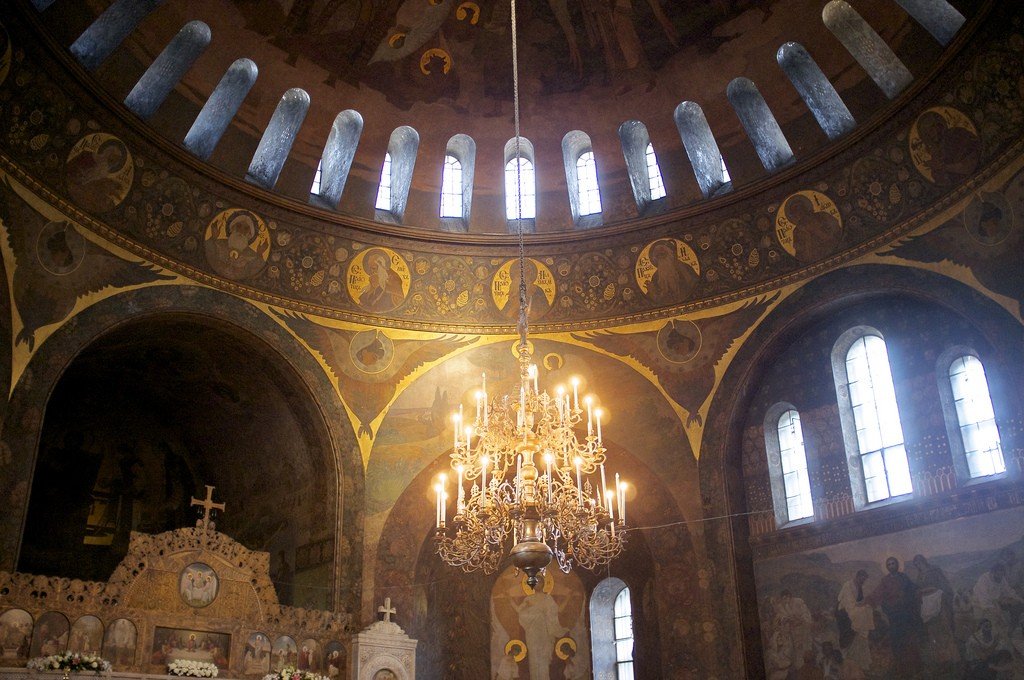
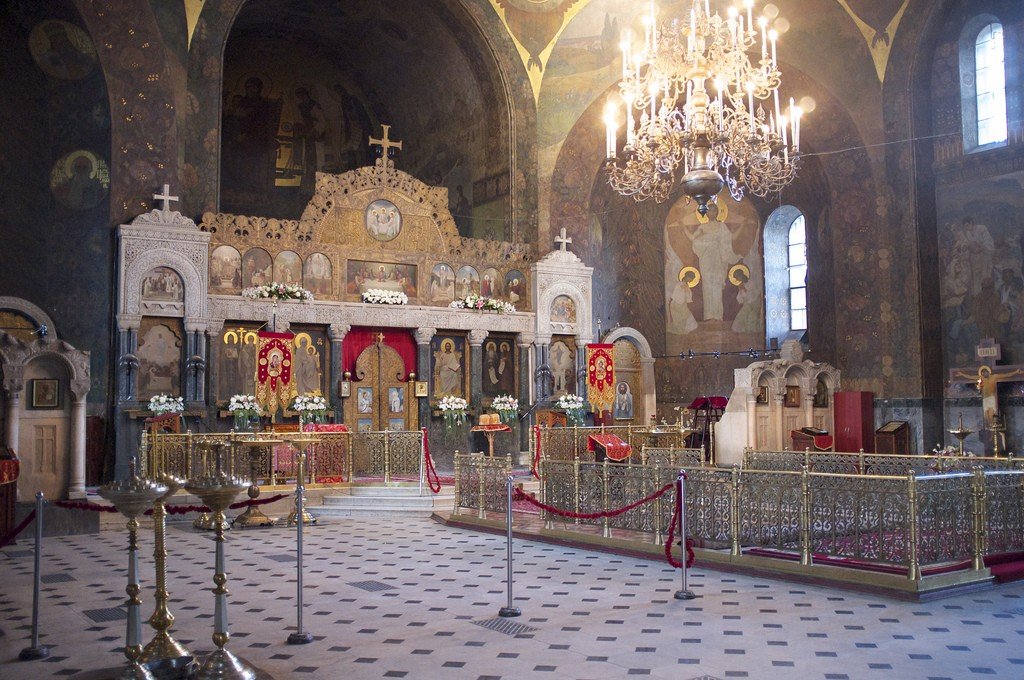
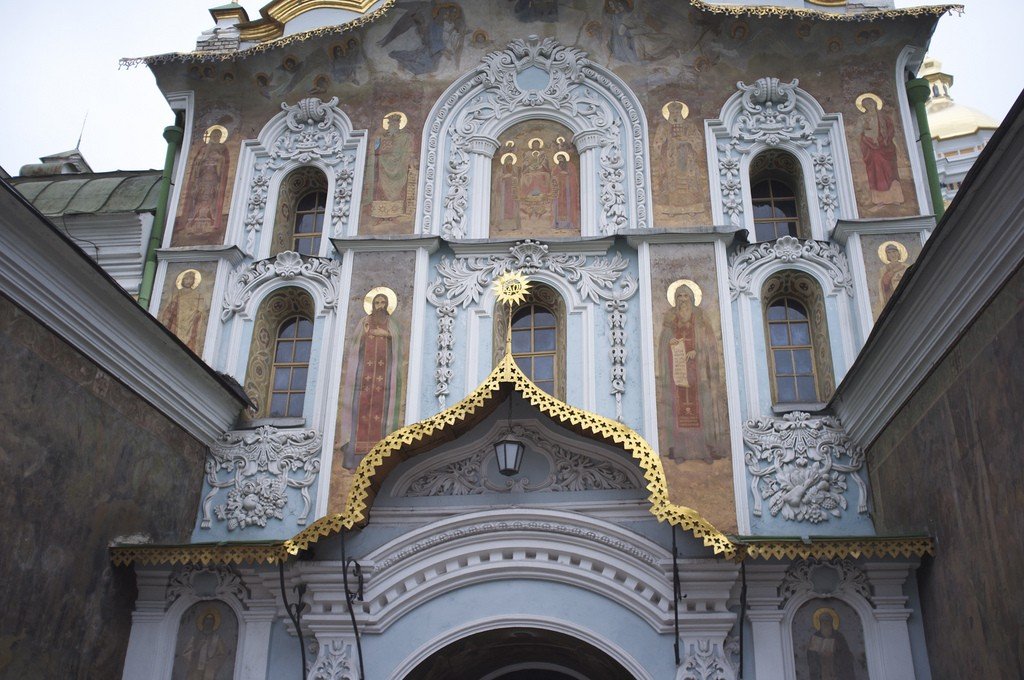
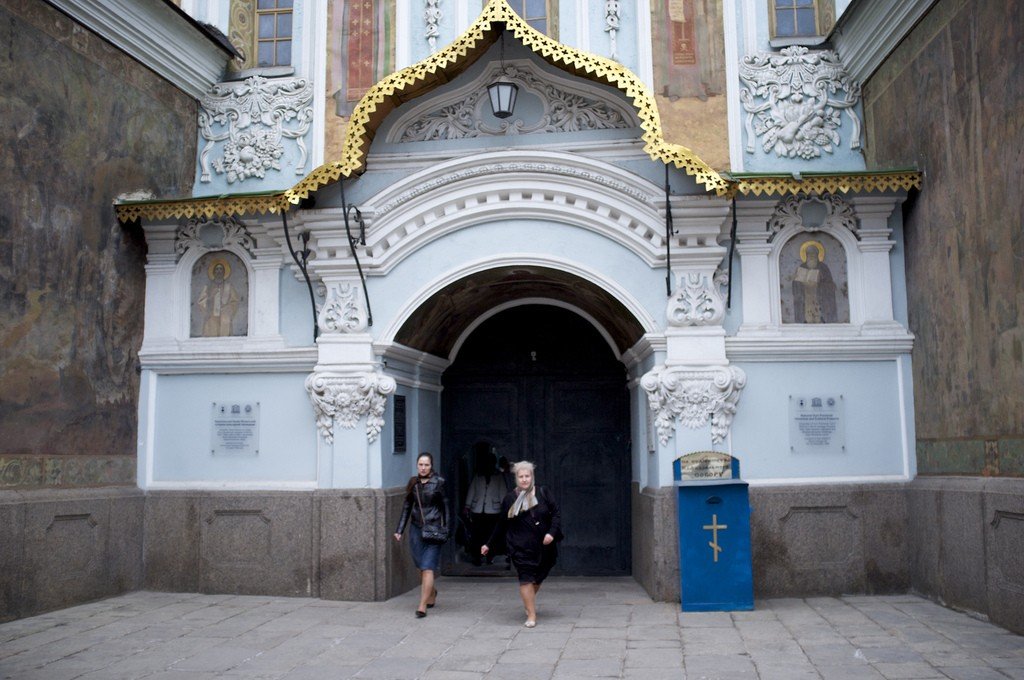
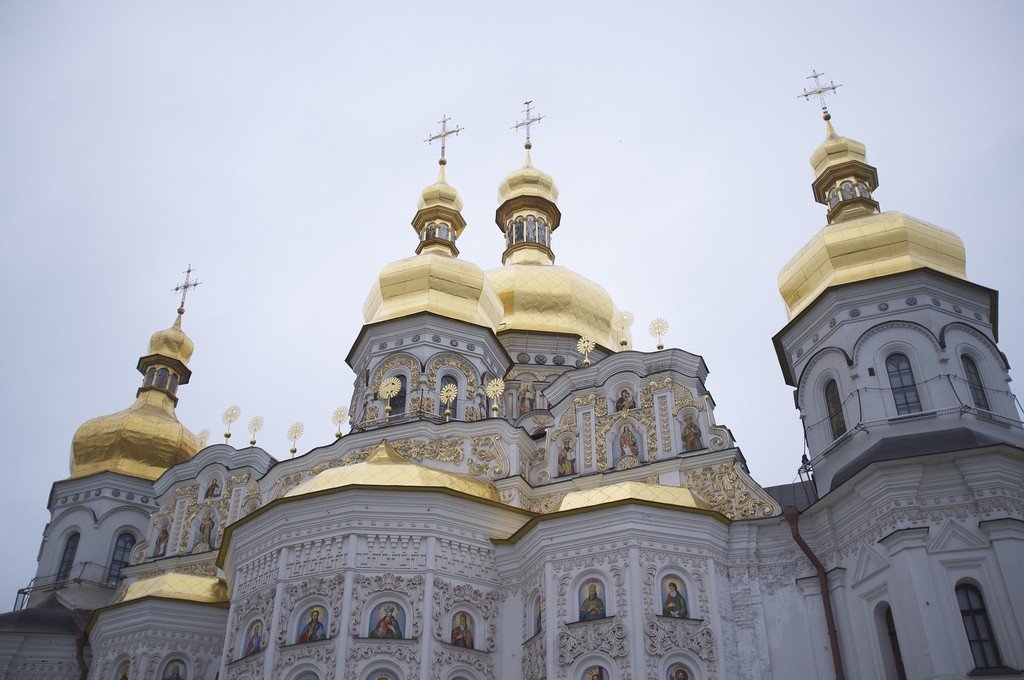
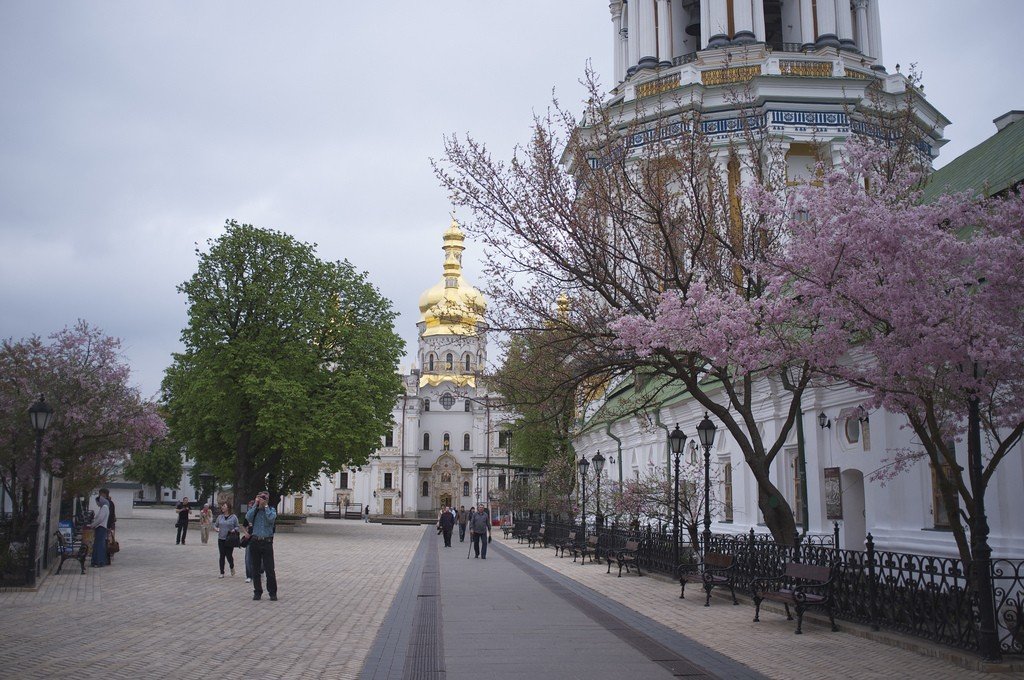
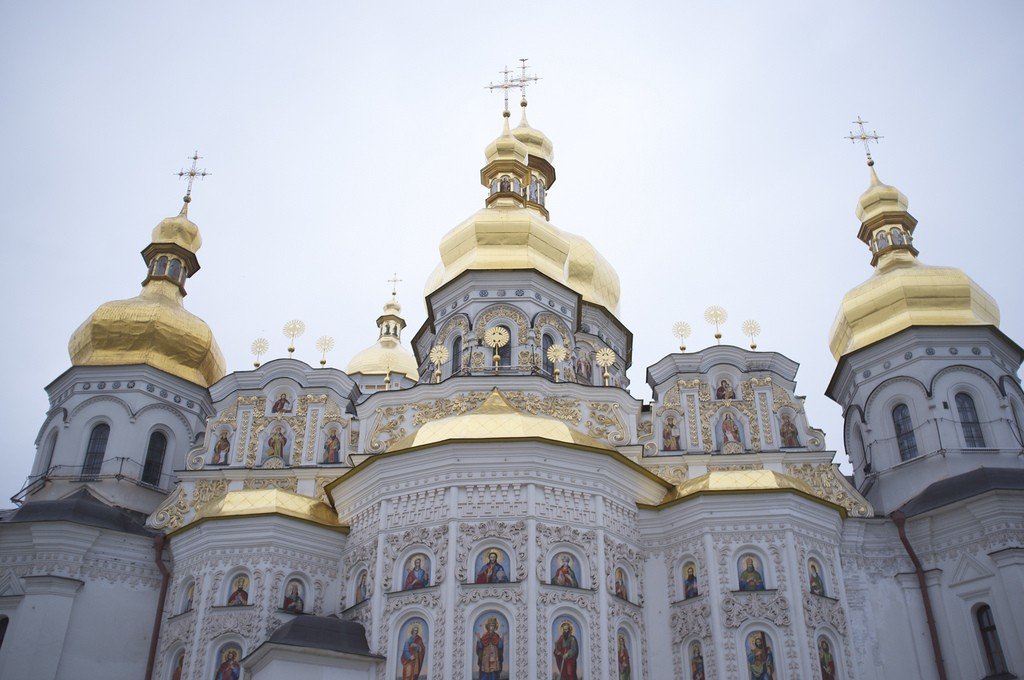
Video: Kiev-Pechersk Lavra
ContentsHighlights
Today, the complex is divided into the Upper (National Kyiv-Pechersk Historical and Cultural Reserve) and Lower (Ukrainian Orthodox Church) Lavras; both are open to the public. Since 1990, the ensemble of the monastery has been included in UNESCO’s list of World Cultural and Historical Heritage.
.
Kiev-Pechersk Lavra has a stunning atmosphere – there is little of the austerity and restraint usually associated with religious places. Green expanses flooded with sunshine, artists strolling in the rose garden, shining domes and sparkling river at the foot of the monastery – this is a picture that will be remembered by any tourist!
.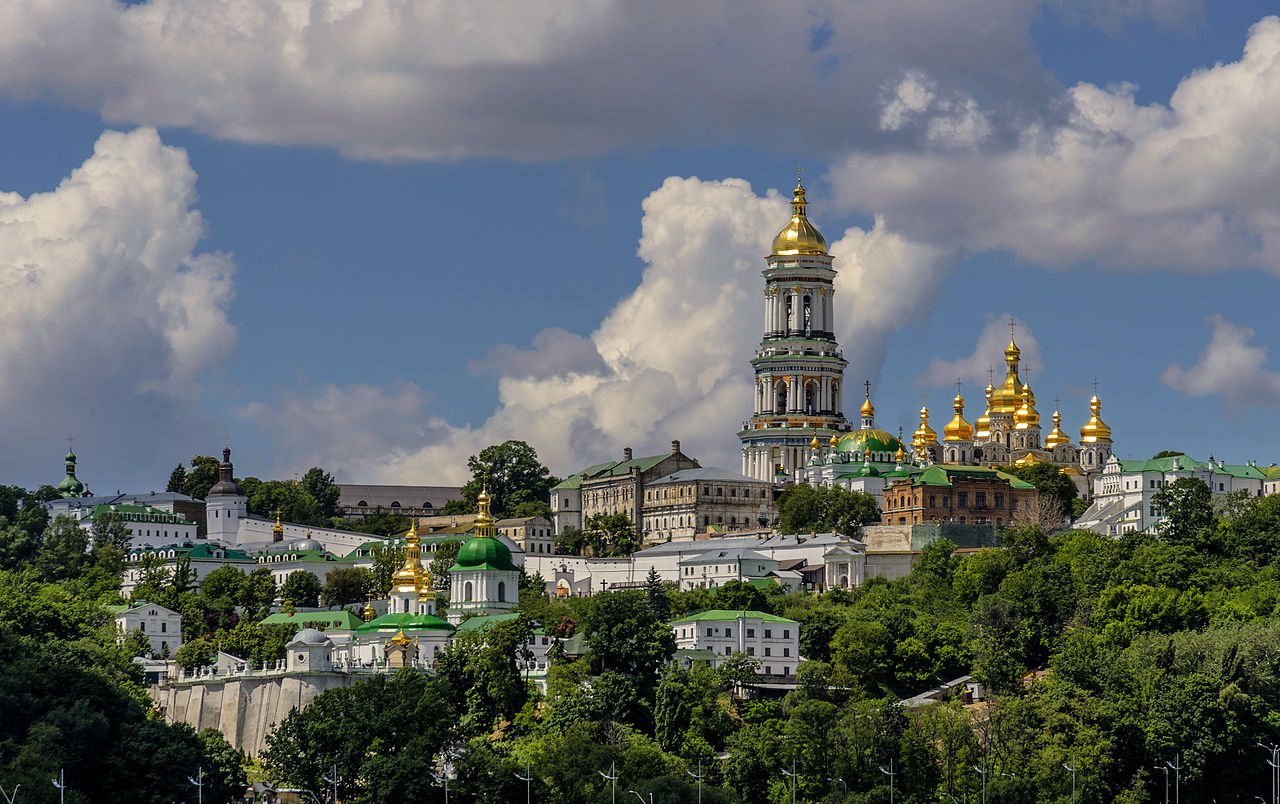

History
In the 11th century there was a large forest on this place, where the priest Hilarion from the village of Berestov, located nearby, often went for solitary prayer. Here he dug a cave for himself, in which he was going to live in asceticism and service to the Lord, but after his appointment as Metropolitan of Kiev in 1051, he had to abandon his seclusion. During this period the monk Anthony from Mount Athos arrived in the capital, he did not like the way of life in the local monasteries, and so he decided to settle in Hilarion’s cave.
.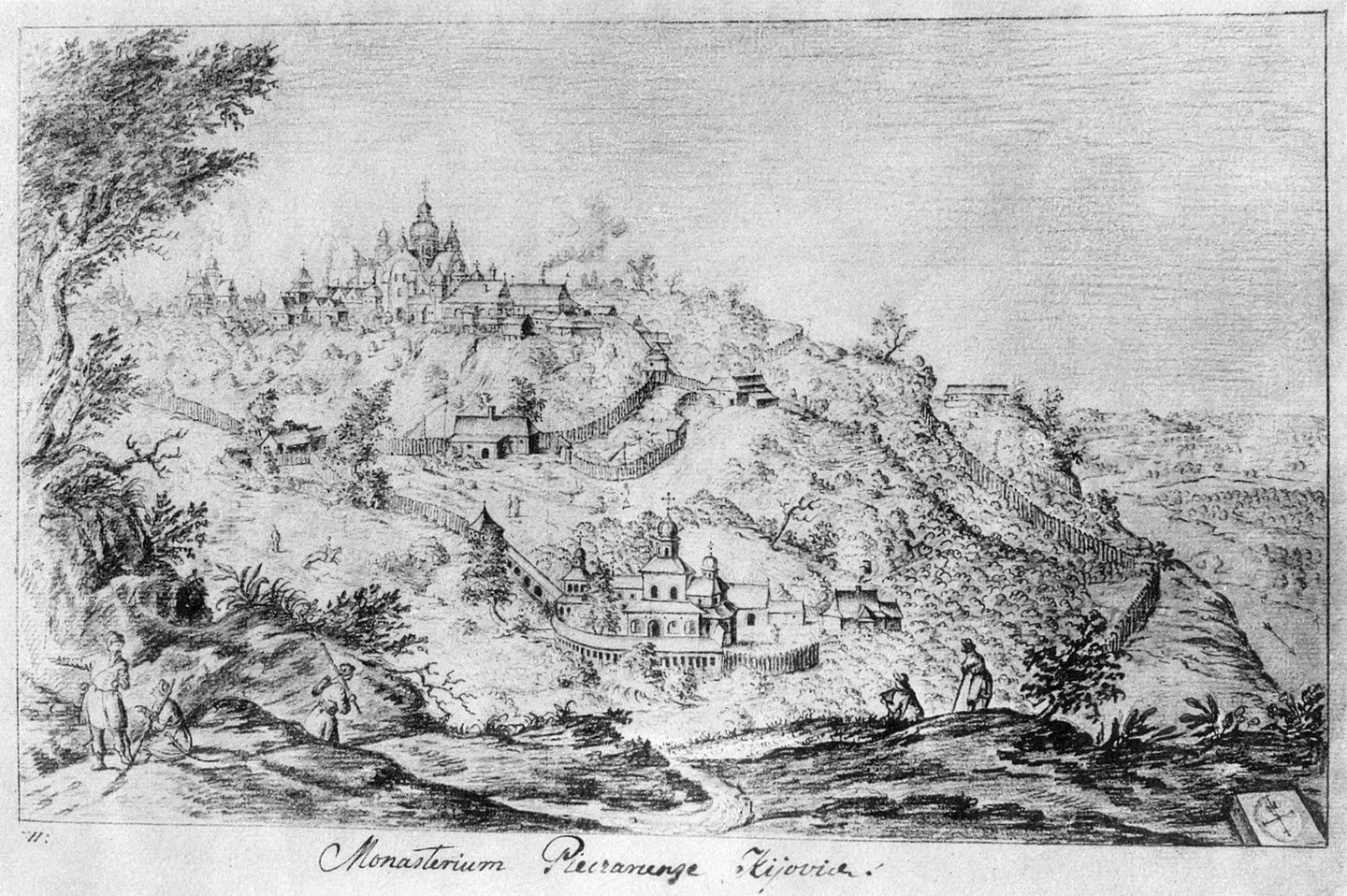
Religious buildings
Undoubtedly, it is the buildings of sacral purpose that make up most of the attractions of the complex “Holy Assumption Kiev-Pechersk Lavra”. You can hardly go around them all at once, but you should definitely pay attention to the most iconic ones, even if you are a non-believer or belong to a different confession.
.Assumption Cathedral (11 Lavrskaya St.)
.The main temple of the complex is the Dormition Cathedral, one of the oldest structures of Lavra. The great church of the Dormition of the Virgin Mary of the Pechersk Monastery was laid in 1073 by hegumen Theodosius, but he died suddenly, so construction began again only in 1075.
.
Erection took only 2 years, which was incredibly fast for such a large-scale building. According to legend, the width and length of the temple were marked in 20 and 30 “belts” – this product, made of pure gold, was presented to the monks by Viking Shimon in honor of the beginning of construction.
.
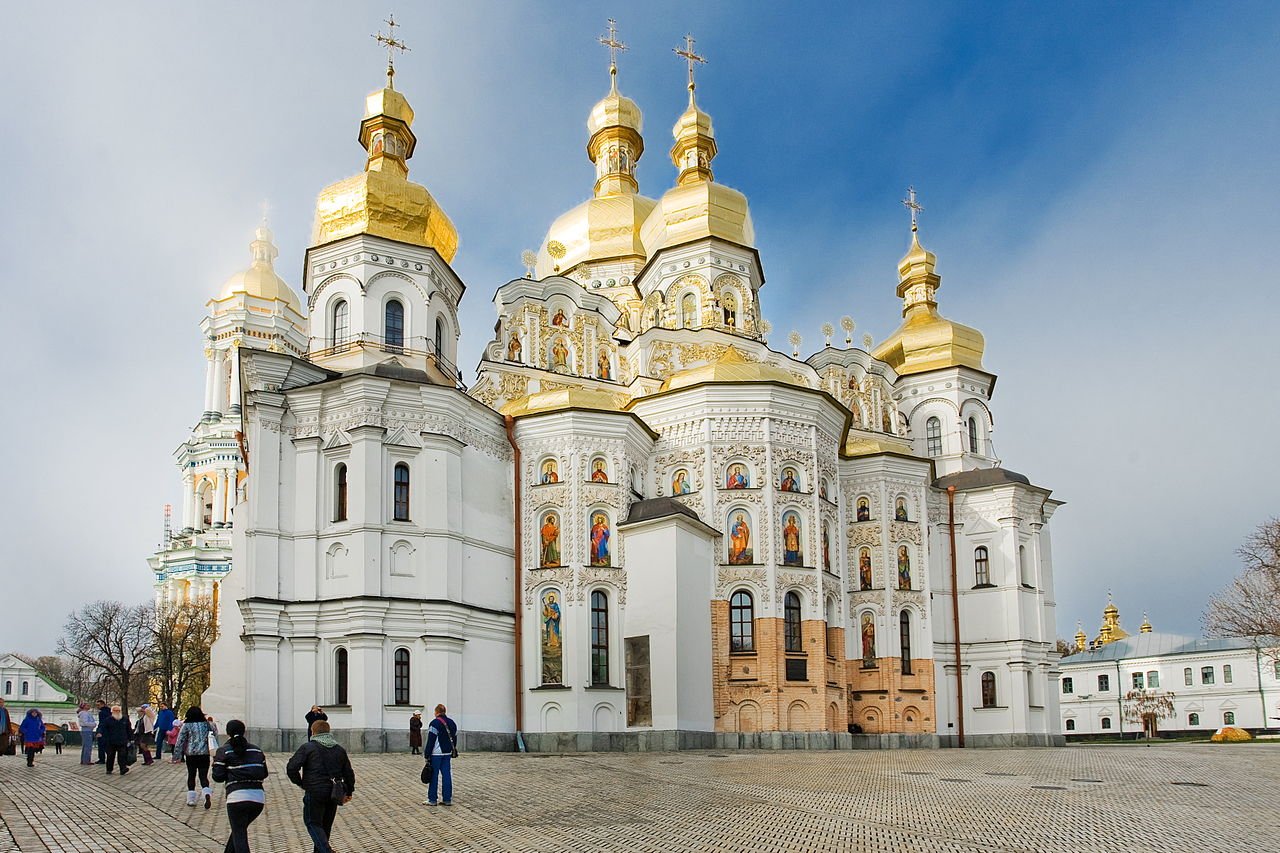
A few years after the architects finished their work, visiting artists from Constantinople decorated the church with mosaics and frescoes on the floor and walls. Unfortunately, the images have not survived to this day.
The Great Pechersk Church was a unique work of art of the early 12th century and had no analogues not only in Russia, but also in Byzantium – and thus, almost in the entire Orthodox world. The temple was crowned with a single dome, the diameter of which was almost 9 meters, the main aisles were made of marble.
.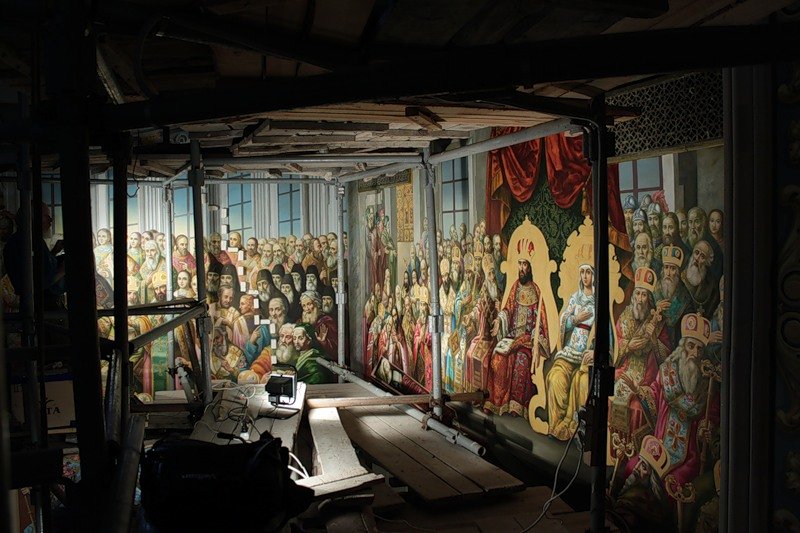
In 1911, Pyotr Stolypin was buried near the Refectory Church. Anyone can visit the grave of the famous figure of his era today.
.
The church and the chamber suffered during the war, but were quickly restored. Today, only the portal over the main entrance, the kitchen and some fragments of the walls remain from the old building.
From the 60’s and until the 80’s, the building housed a museum of atheism, then the church fully returned to its religious purpose.
.Restoration work in the Refectory Church is carried out to this day. Thus, in 2012, a solemn consecration of the cross was held, which was installed over the entrance.
The Great Lavra Bell Tower (11 Lavra Street)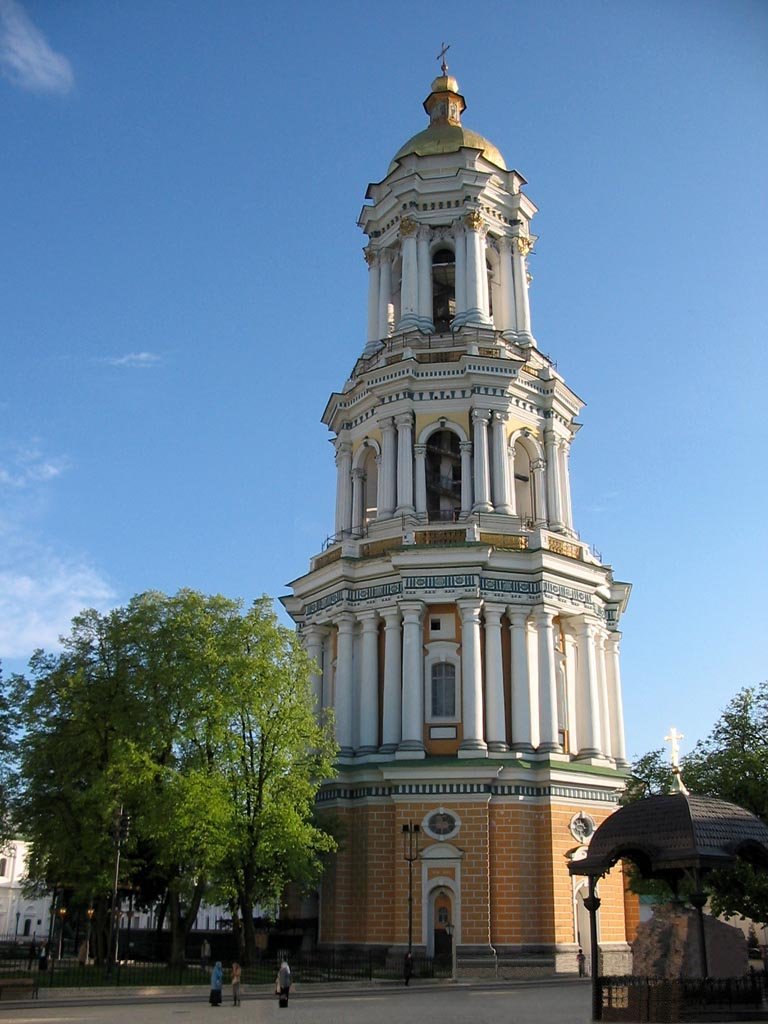
Trinity Gate Church (11 Lavrskaya St.)
The Trinity Gate Church, the main entrance of the Kiev Lavra, was built in the early 12th century. The building was repaired many times, and in the 17th century it was radically reconstructed, acquiring lavish features of Ukrainian Baroque.
.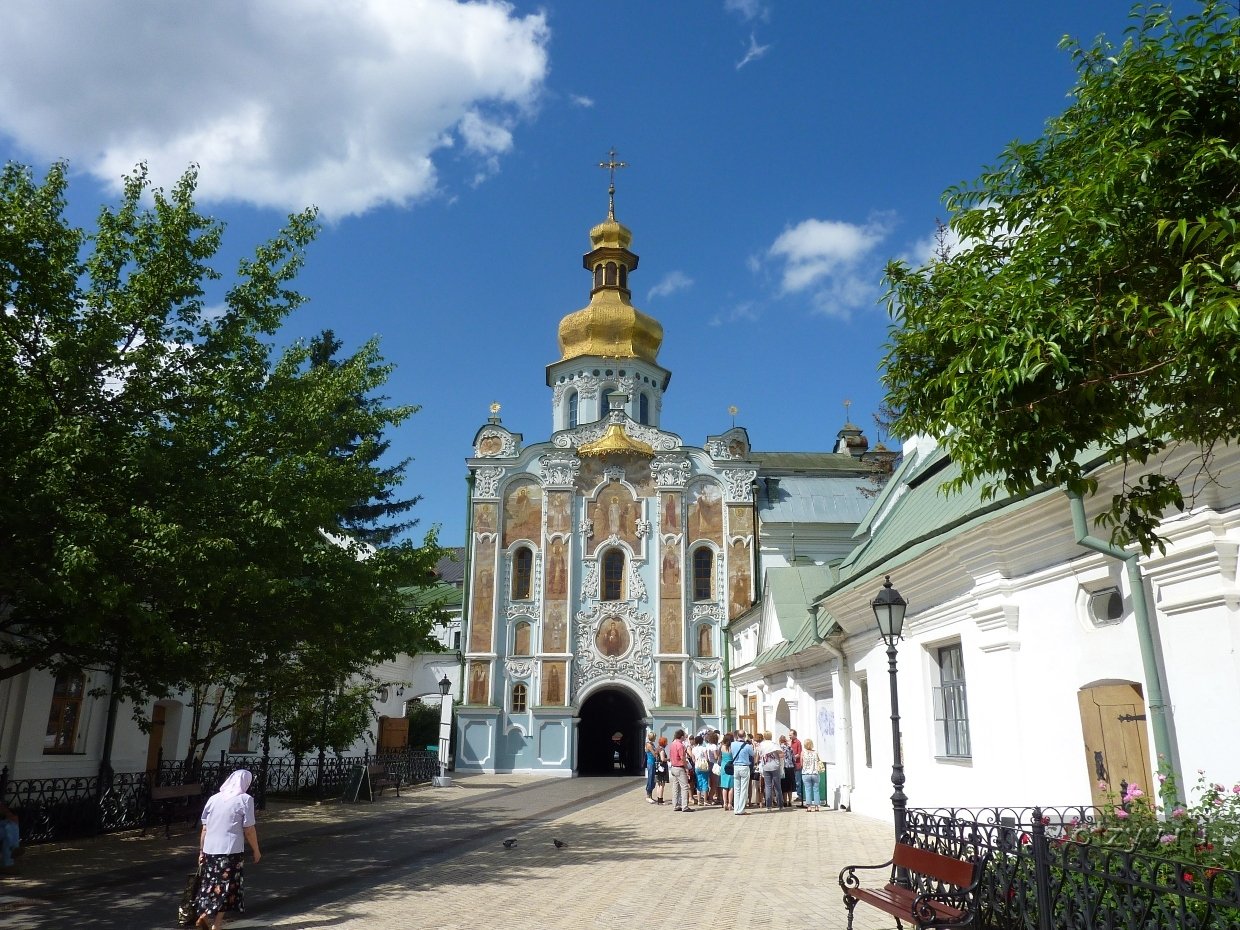
The interior space of the temple is divided by several massive columns. On each of the walls are placed rich frescoes depicting biblical subjects. Painting of the Gate Church is deservedly one of the most valuable monuments of Ukrainian monumental art, the colors to this day have retained their richness and expressiveness.
.
Particular attention of parishioners is attracted by the wooden three-tier iconostasis decorated with gold. The wooden frames of the structure are made in a fine technique of through carving. The interior of the church is complemented by a 16-candle panikadil made in 1724. Its weight is 664 kg.
.Caves of Kiev-Pechersk Lavra (15 Lavrska St.)
.The underground passages of Lavra – the main highlight of the complex – are covered with rumors, speculations, legends. They say that you can go down them all the way to the river, they mention silent shadows lurking in dark recesses, they tell of ghosts. No wonder that even unbelievers are eager to get inside with a good guide. For the Orthodox, the monastery dungeons have been a pilgrimage destination for centuries.
.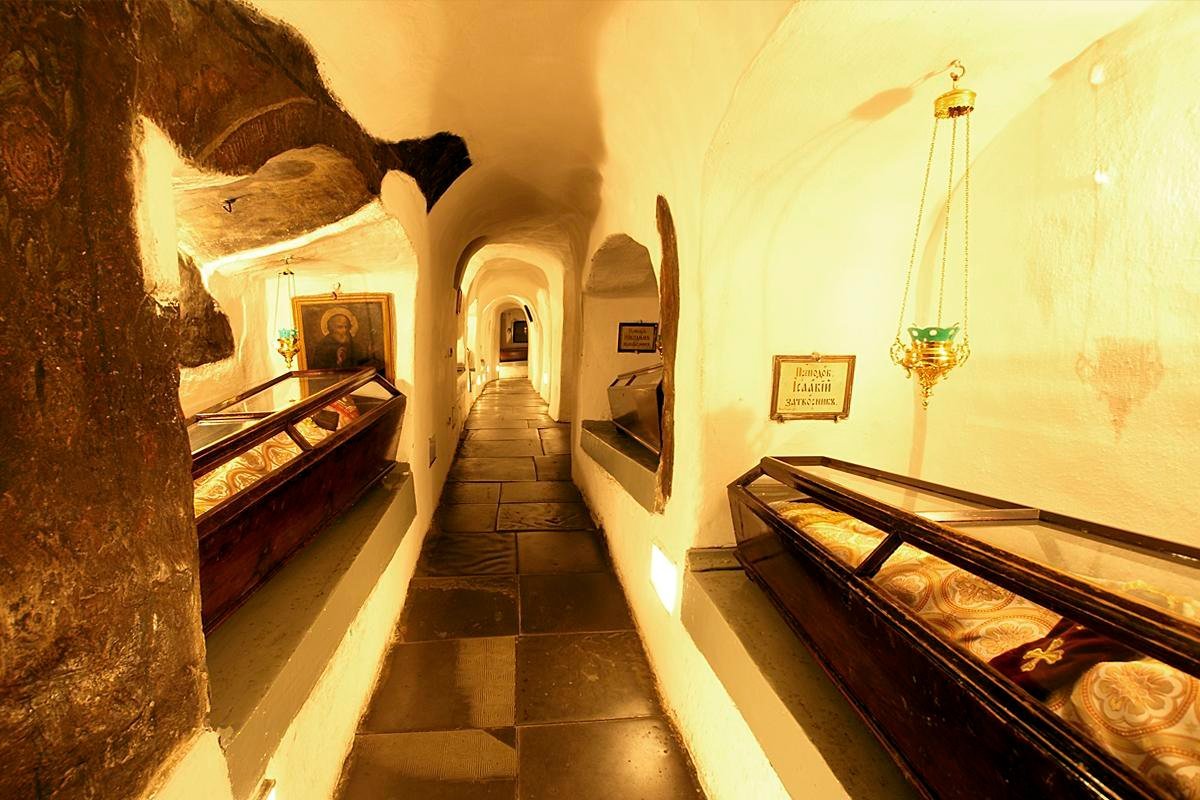
The near caves of Kievo-Pecherskaya Lavra are about 10-15 meters deep, and the tunnels stretch for almost 400 meters. They contain three underground churches and two cells of Anthony. To date, the relics of seventy-three saints can be seen in the tombs of the churches.
.’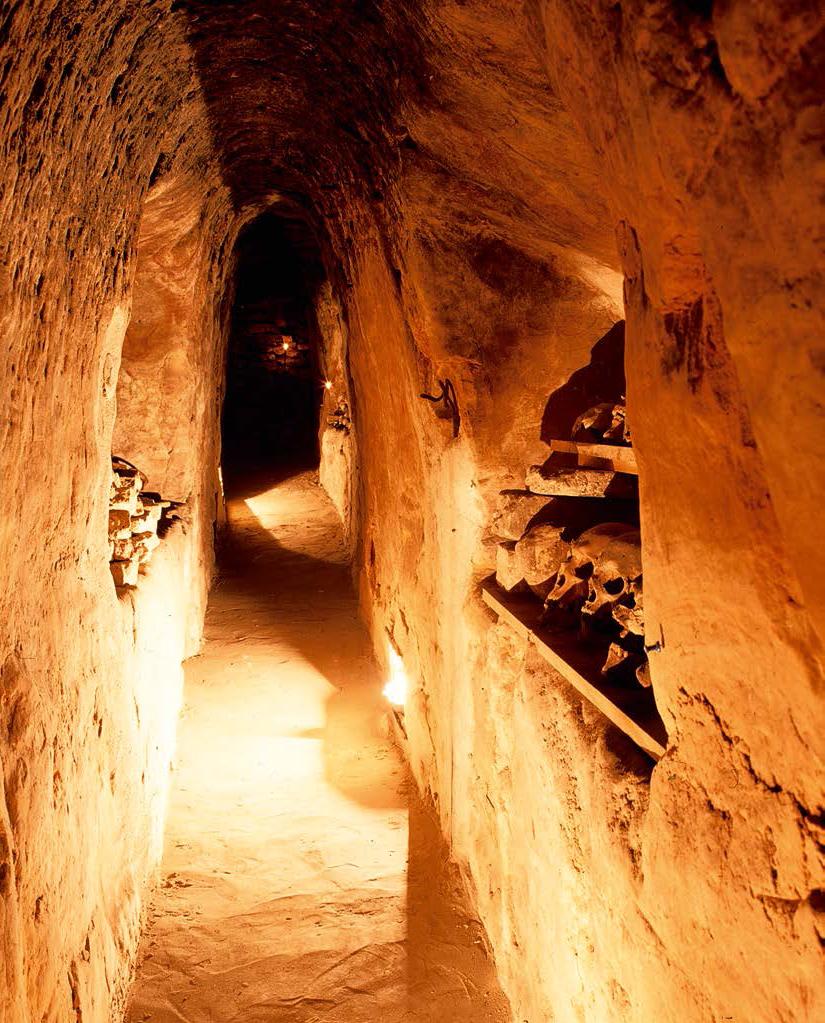
Museums of Kievo-Pecherskaya Lavra
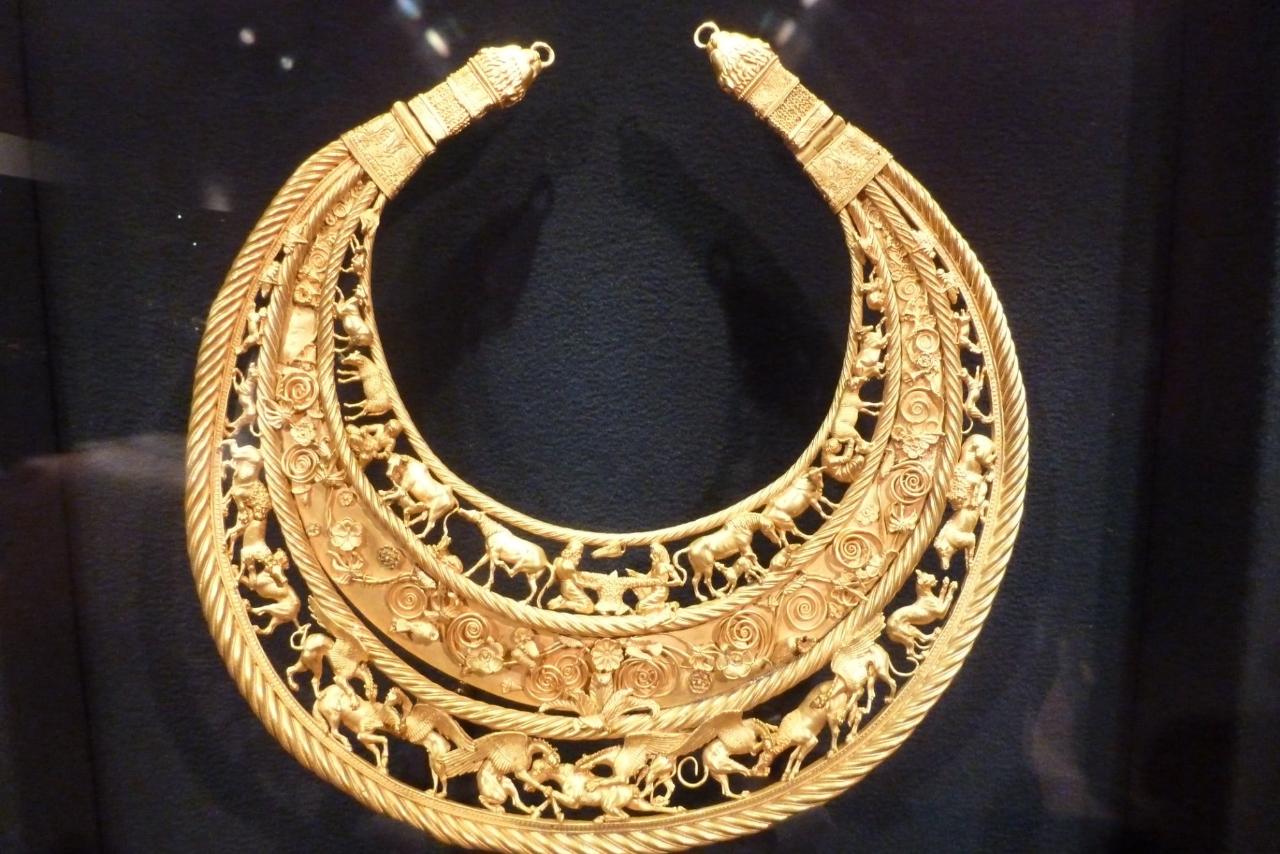

The exposition of the Museum of Theatrical and Musical Art (21 Lavra Street) is dedicated to the history of Ukrainian stage art. On the second floor, tourists can see a collection of musical instruments and boxes.
>The Museum of Microminiatures (21 Lavrska St.) presents a permanent exhibition of impressive works of the world-famous master Mykola Syadristy. The objects of the exposition can be viewed only under magnification, the most famous of them – a horseshoe flea and a caravan of camels in the eye of a needle.
.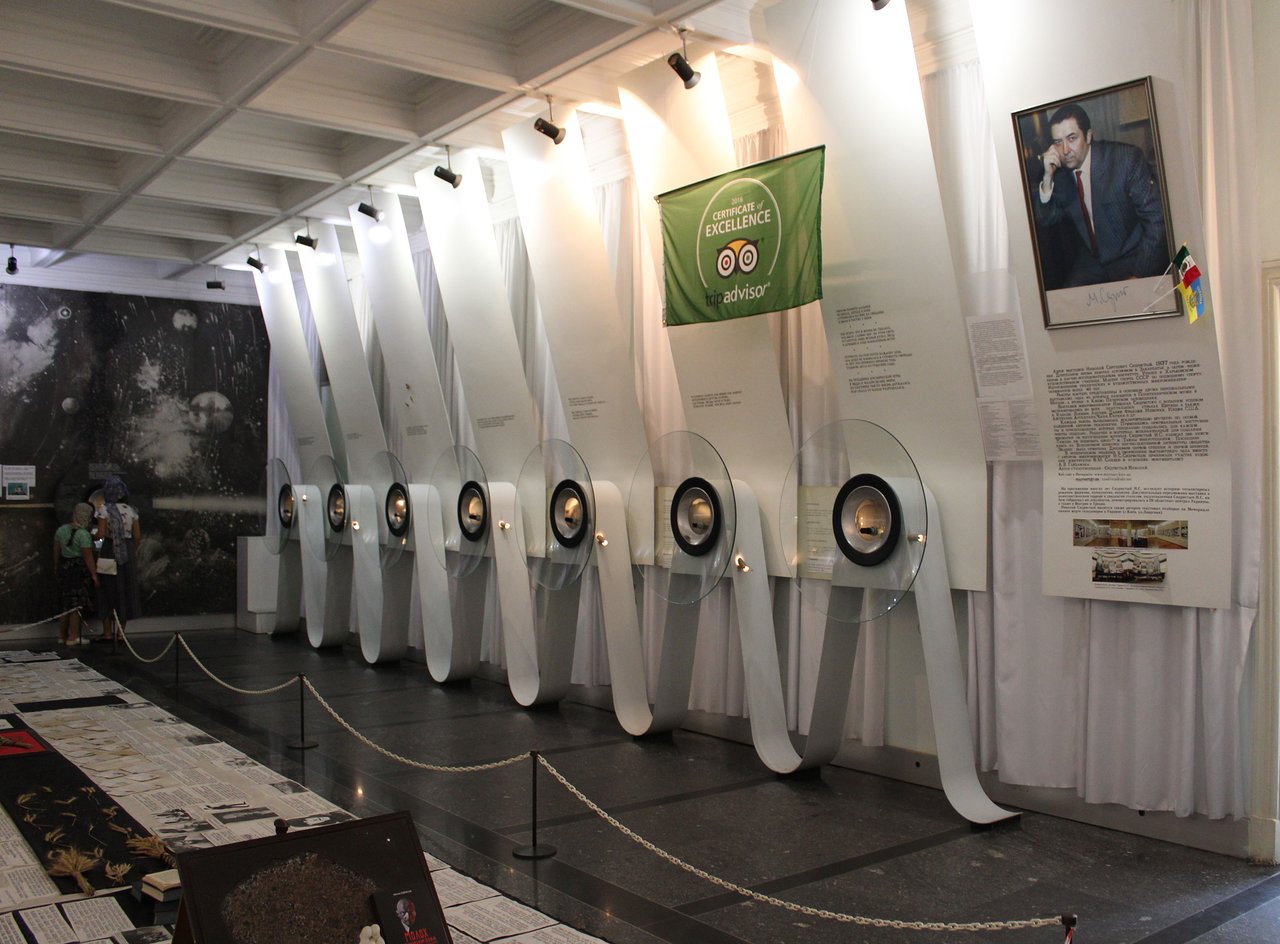
The collection of the Museum of Ukrainian Decorative Arts (5 Lavrskaya St., Building 29) was founded in 1899. Today it is very extensive and includes samples of wood carving and painting, embroidery, ceramics, etc.
.
Also Kyiv-Pechersk Reserve offers guests to visit art and photo exhibitions, book presentations, conferences and other interesting events, which are regularly held in the walls and on the territory of the complex.
.More detailed information can be found on the official website of the reserve (http://www.kplavra.kiev.ua/).
.For tourists
A walk around the complex is not in danger of being tedious. On the territory of the monastery there is a small park, where the famous roses of the Kievo-Pechersk Lavra grow. A long alley runs through it, leading tourists to the holy springs, from which you can drink or collect water.
.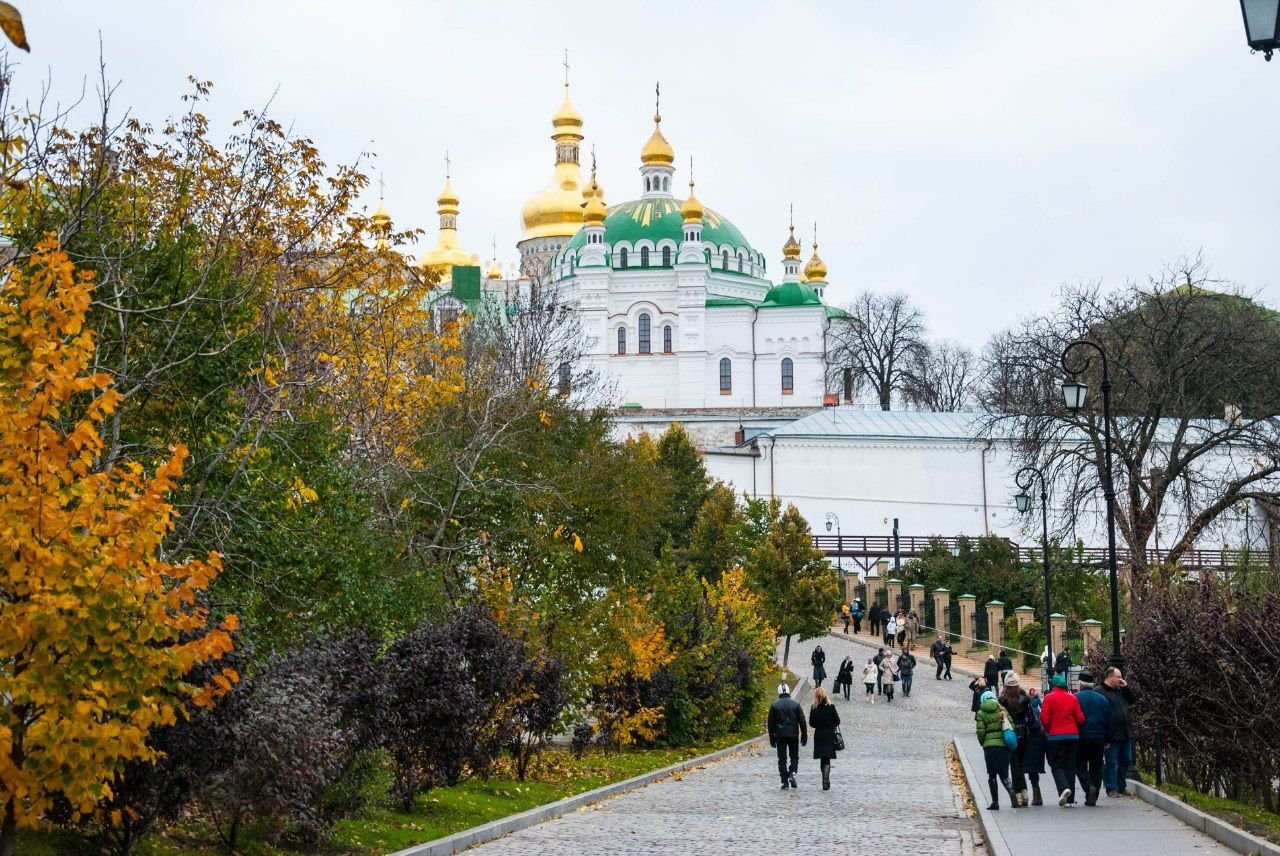
Since the territory of the monastery is not allowed to come with their own food, two cafes were opened for convenience. The local cuisine offers a wide selection of national Ukrainian dishes and drinks, some can be taken out. The establishments work according to the schedule of the whole complex and are closed only on January 1. You can also visit the store where you can buy crosses and books (lunch break – 13:00-13:45).
.Be sure to wear comfortable shoes, as Kiev-Pechersk Lavra is located on two hills, there are many descents, ascents and stairs, and most of the paths are paving stones. To visit the temples you should look appropriately, so near the entrance to them any woman can take a scarf to cover her head or tie it around her waist, hiding her pants or bare legs.
.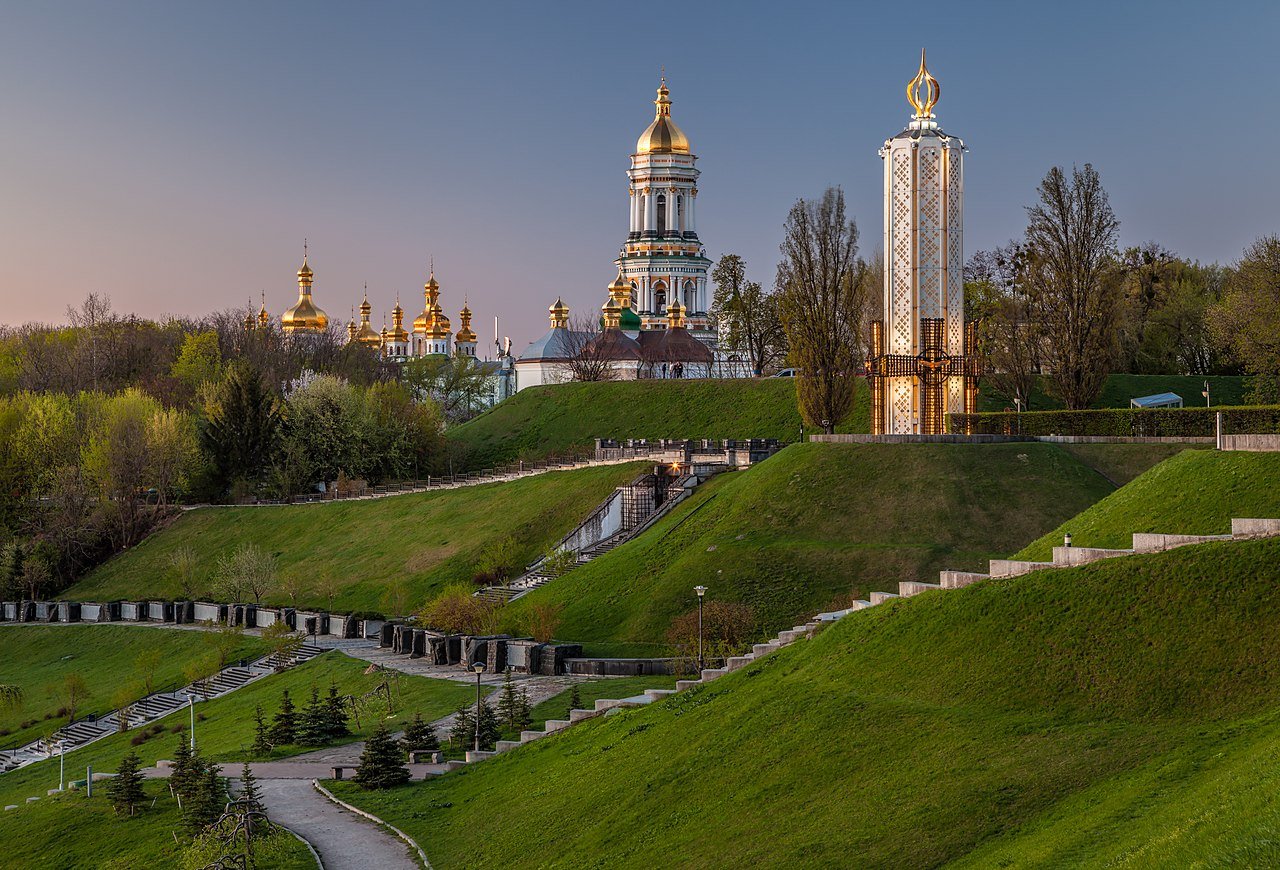
Since recently, access to the third tier of the Great Lavry Bell Tower has been opened for visitors of the complex, the cost of admission is 40 hryvnia. To get to the top, you need to overcome 374 steps.
.
How to get to Kiev-Pechersk Lavra
The most convenient way to get to Kiev-Pechersk Lavra for those who do not know the city well is the subway. “Arsenalna” – the closest station to the Lavra – has only one exit, so you definitely can’t get lost. Immediately on the surface is a stop of public transport, routes 24, 406, 470, 520 will do.
.It is not necessary to use the bus – from the subway to the entrance to the complex is less than a kilometer and a half, so it is easy to walk to the goal.
.